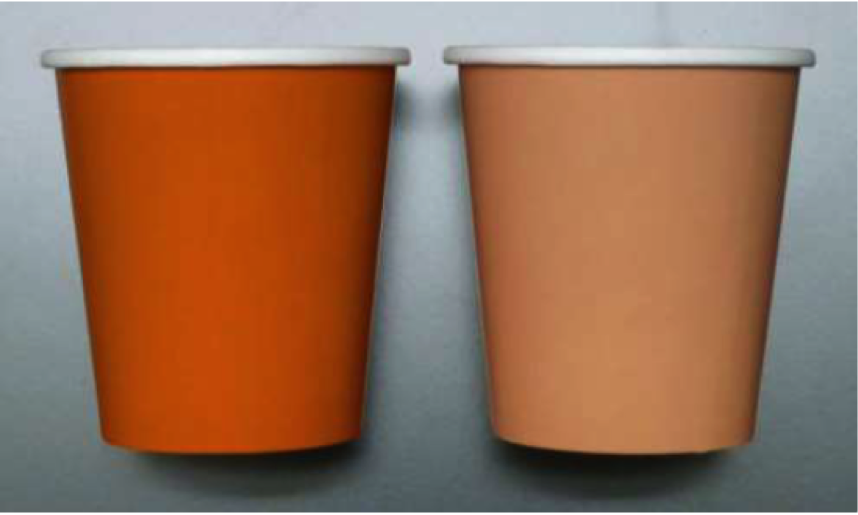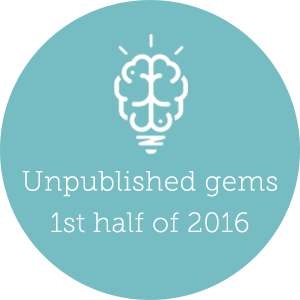The 5 Best Neuromarketing Insights Of 2017
Relevant topics Neuromarketing Fundamentals, Archive
Don’t have the time to search through hundreds of neuromarketing research articles? Don’t worry, we got it!
We've delved into all the articles of this year, and came up with the most read and most interesting ones. Get ready, because these are The 5 best Neuromarketing insights of 2017!
1. When fee is better than free
Is free always the best option? Not in every circumstance, research shows.
Charging a symbolic price for an upgrade might be more effective than to give it away for free! We are talking about the ‘Fee-effect’. A symbolic fee will increase more appreciation compared to a free offer. Because when you can get it for free, there must be something wrong with it.
Let’s look at an example and see what works better for you.
- With a Nespresso machine, receive 10freecoffee pads!
- With a Nespresso machine, receive 10 coffee pads for only€1!
According to science, the second option will result in more customer satisfaction and can generate you more sales. So, the next time you tend to give away promotions in order to generate more sales, think twice.
Mao, W. (2015). Sometimes “Fee” Is Better Than “Free”: Token Promotional Pricing and Consumer Reactions to Price Promotion Offering Product Upgrade. Journal of Retailing, 92 (2), 173–184.
2.The new Neuromarketing: Nanomarketing
People are horrible at predicting what they will do or how they will feel. That is why researchers want to learn as much as they can about what happens when we buy products, watch advertisements and interact with brands.
The best way to know what’s really going on in people’s mind is looking at it directly. We are talking about Neuromarketing research.
You probably heard a lot about this topic already, but there are a few limitations working with the typical neuromarketing techniques. The tools are relatively complex, expensive and the experiments need to be conducted in laboratories.
That is why nanomarketing is introduced. Nanomarketing creates the possibility to integrate neuromarketing tools in small, non-intrusive and wireless devices. An example is the EEG headset which is portable and easy to use. These developments lead to a couple benefits.
- Experimentation will become less expensive
- Much more data can be collected
- Devices are portable
- Devices can be used in real-life
- Devices are more comfortable for subjects
Nanomarketing studies could revolutionize our understanding of consumer behaviour!
Mileti, A., Guido, G. & Prete, M. I. (2016). Nanomarketing: A New Frontier for Neuromarketing. Psychology and Marketing, 33 (8), p. 664–674.
Newneuromarketing is looking for new authors! Are you up for the job?
Send us an e-mail at tim@newneuromarketing.com to become an author and start spreading knowledge.
3.Is the product next to you, losing you sales?
As an advertiser or retailer, you know emotion is a very popular marketing tool. People follow their emotions when making decisions. Which means that emotions influence evaluations of your advertisement, brands or products. It has now been shown that emotional stimuli not only influence the brands they are actually linked to, but these contagion effects can actually extend to brands presented nearby.
So as an advertiser or retailer, think about emotions evoked by the TV-show your advertisement is connected to or about the products you place close to each other in your store. Anything presented near your advertisements or product can potentially impact the evaluation of your brand. Try to gain as much control over the placement as you can and use this knowledge to your advantage.
Hasford J.,Hardesty, D.M. & Kidwell, B. (2015). More Than a Feeling: Emotional Contagion Effects in Persuasive Communication. Journal of Marketing Research, 52 (6), pp. 836-847.
4. Are animated logos more effective?
Company logos like Coca Cola, Pepsi and Shell are starting to look more and more alike. Does this open up the opportunity for your company to be the “first mover” (no pun intended) and use animated logos again?

As a result of a recent study we know that an animated logo increases conceptual fluency and even makes customers favour your brand over another one.
But keep in one thing in mind: your brand personality should match the logo’s animation. If you have a static brand or you are in static business let it match and use a static logo. An animated logo for an insurance company may backfire.
Brasel, S.A.& Hagtvedt, H.J. (2016). Living Brands: consumer responses to animated brand logos. Journal of the Academy of Marketing Science, 44 (5), pp 639–653.
5. How to use color to make your product look bigger
Color is one of the most important visual cues we have. It conveys a lot of important information about the world around us. Some of this information has interesting implications for issues involving design and marketing.
In particular, the saturation value of color (the liveliness) has recently found to have interesting illusory effects on object perception. The color saturation increases the apparent size of an object and the amount of attention towards it.
These findings hold highly interesting marketing applications.
Do you want a call to action on your website? Use a highly saturated color for this region. Do you want your product to appear larger than it actually is? For instance, the amount of food you are serving in your restaurant. Then you might want to serve your food on a plate with a highly saturated color.

Hagtvedt, H., & Brasel, S. A. (2017). Color Saturation Increases Perceived Product Size. Journal of Consumer Research.
Further Reading
-
8 Great Unpublished Neuromarketing Facts of 2016
The wonderful world of science keeps surprising us. Each month, numerous and diverse interesting ‘did-you-know-that’ insights are published.
We stroll through every marketing, neuroscience and behavioral science journal for the best facts and straight-forward applications. However, as there’s so much worthwhile going on in the large field of science, not every article makes it to NewNeuroMarketing.


